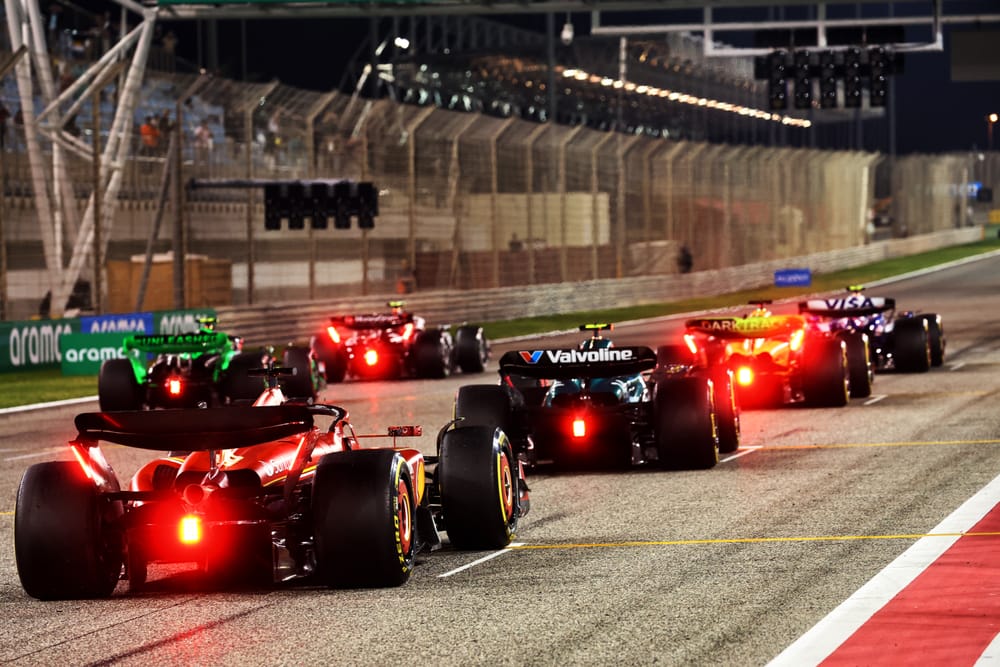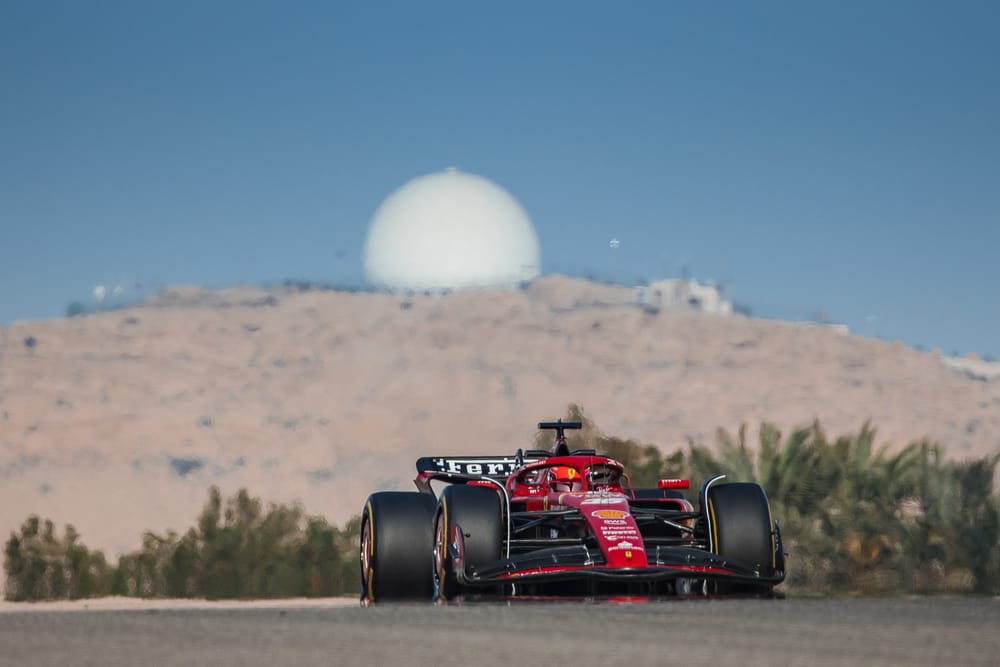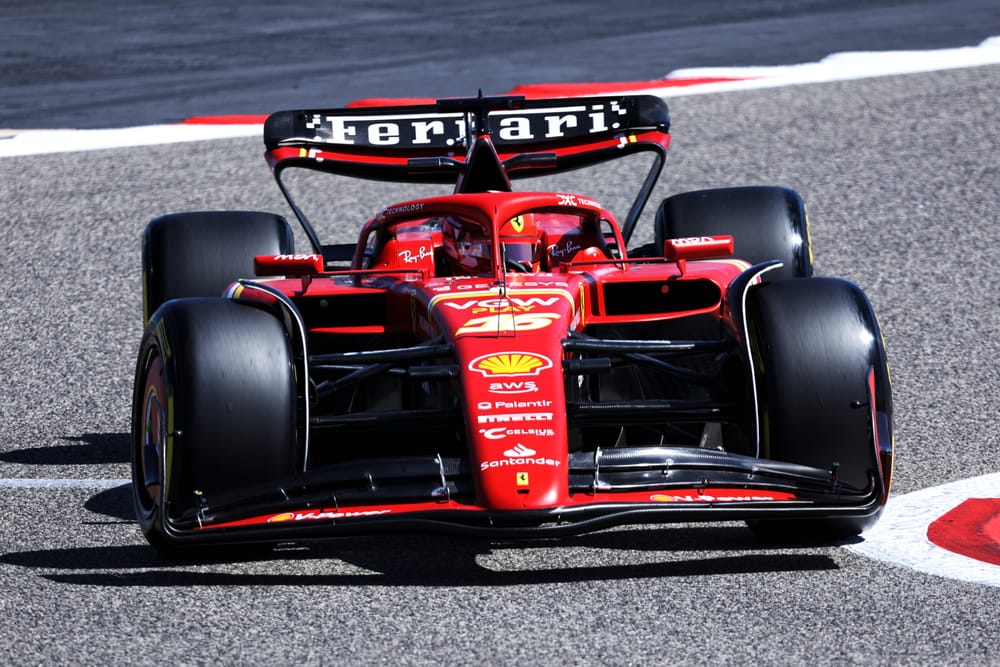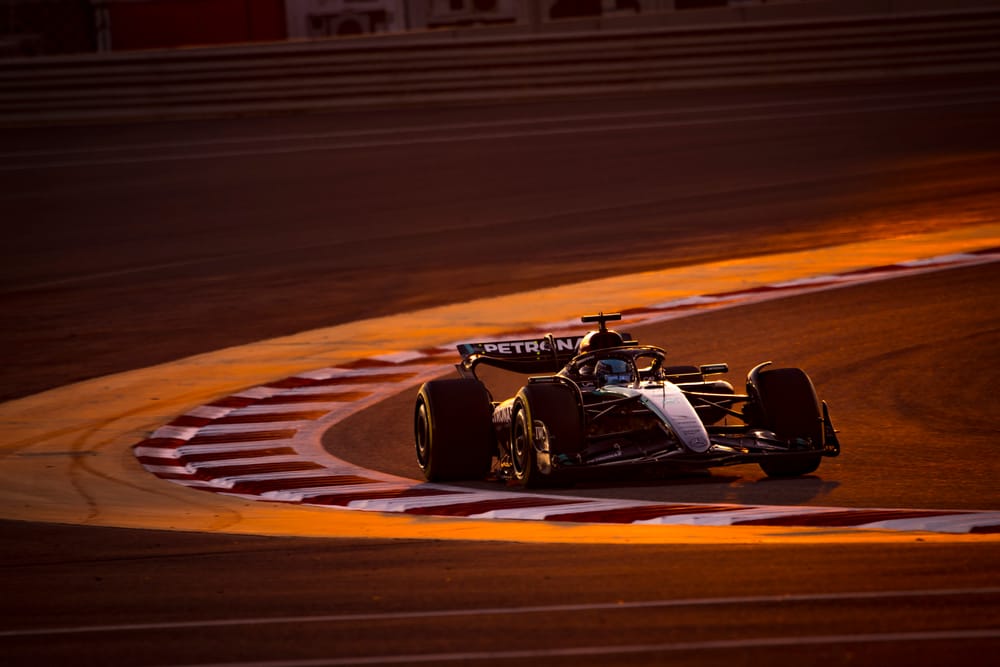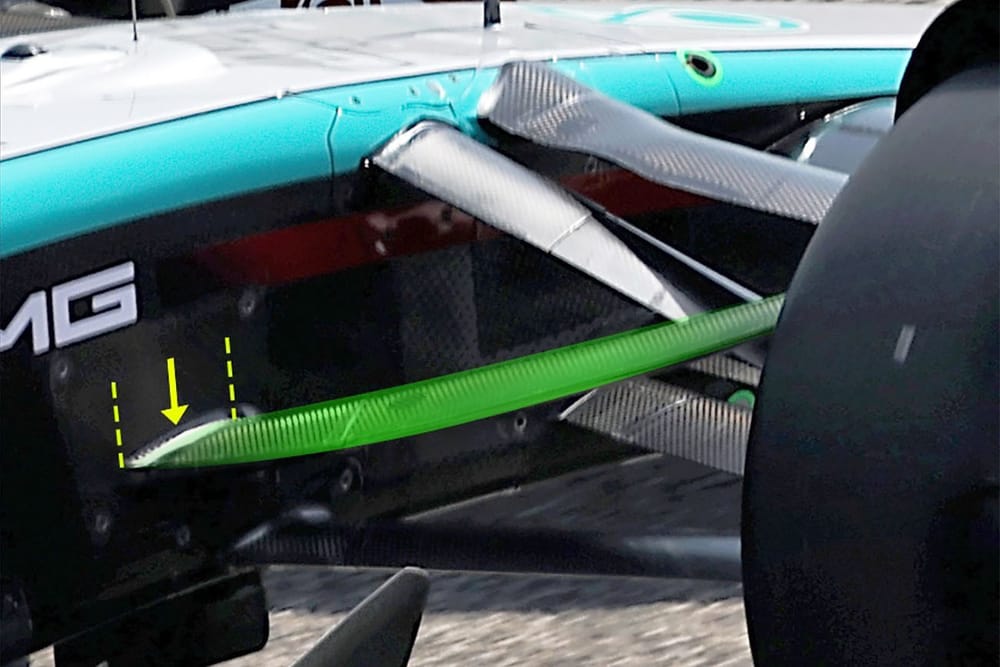Up Next

Just like that, Formula 1 testing is over for 2024 - and three packed days of running made pre-season extremely interesting for The Race's F1 team on the ground in Bahrain.
Some lessons are learned more quickly than others in testing, but all help piece together the picture ahead of the new season.
So what do we know now that we didn’t at the start of the week?
HOW THE TOP TWO REALLY LOOKS
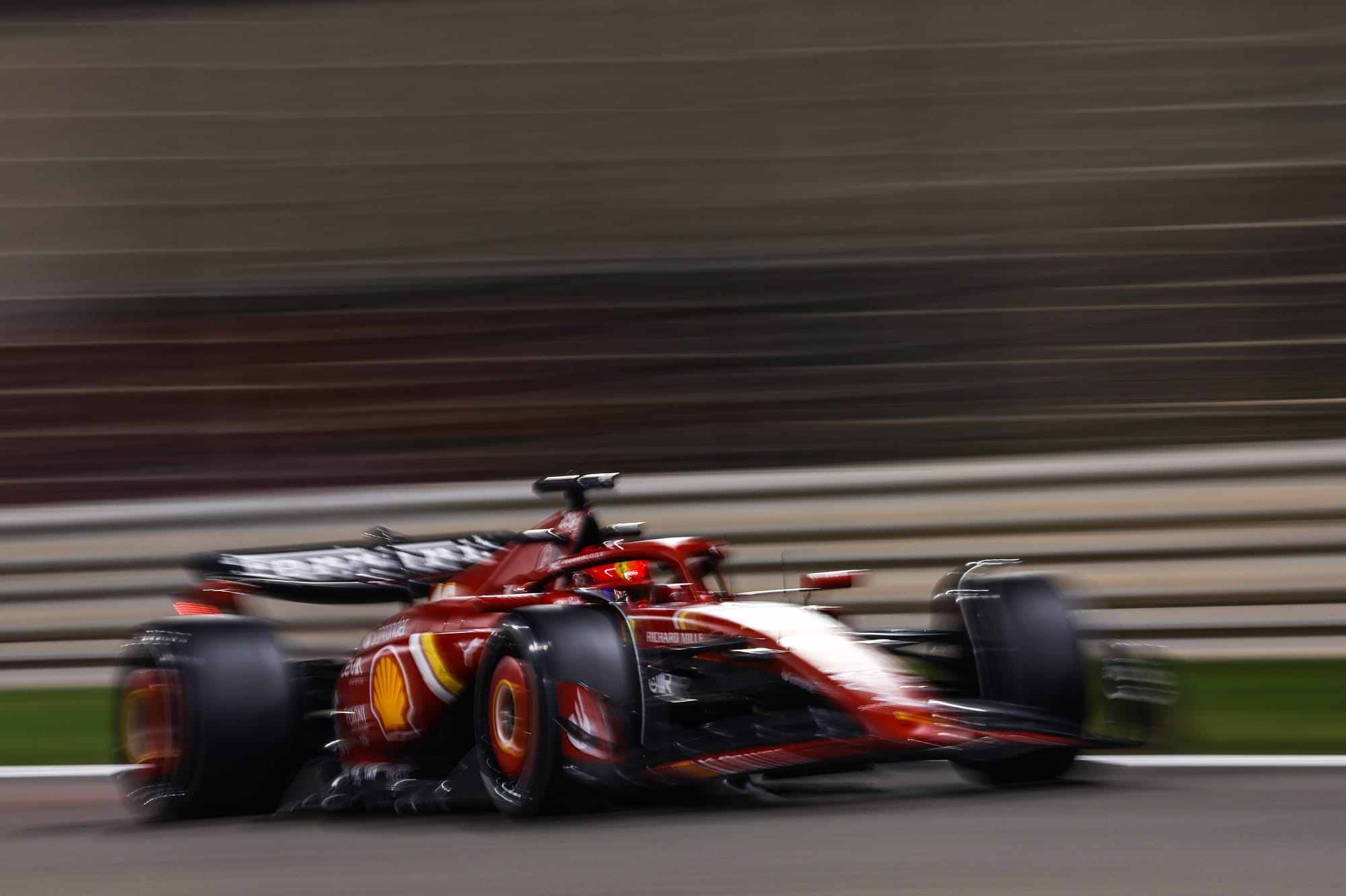
Ferrari topped testing, with Carlos Sainz leading Charles Leclerc for a Ferrari 1-2 in the overall times.
While it would be overdoing it to anticipate a repeat of that result in the Bahrain Grand Prix, the Ferrari SF-24 does appear to be the closest challenger to Red Bull.
Based on deeper analysis of the times, the pace difference looks to be in the region of three-to-four tenths of a second. And with the potential for the waters to be muddied by conditions, engine modes and fuel loads, Ferrari is possibly within striking distance.
The Ferrari drivers weren’t big fans of last year’s car, but the 2024 machine is far more to their liking. Given they jumped in the car last year and immediately knew it was going to be a tough season, that’s a significant turnaround.
As Ferrari’s technical director Enrico Cardile puts it, the car is now "more driveable and predictable".
That’s a big deal for Ferrari, which has been steadily chipping away at improving these tendencies since last year. What’s more, it should also mean its race pace is better given that improved stability will mean the tyres are treated better and should suffer from less degradation.
The race runs in Bahrain testing suggested Ferrari is not in bad shape in that regard. Now, it’s just a question of adding performance faster than Red Bull can to close the gap.
Because the whole paddock does think there is a gap - potentially one bigger than in 2023.
Red Bull’s headline pace was clearly deceiving, and even its long-run work seemed to be disguised by something, most likely a very conservative engine mode.
Max Verstappen could barely hide his satisfaction with how this week has gone, in a textbook example of the cliched ‘the best has just got better’.
MERCEDES HAS SOMETHING TO BUILD ON
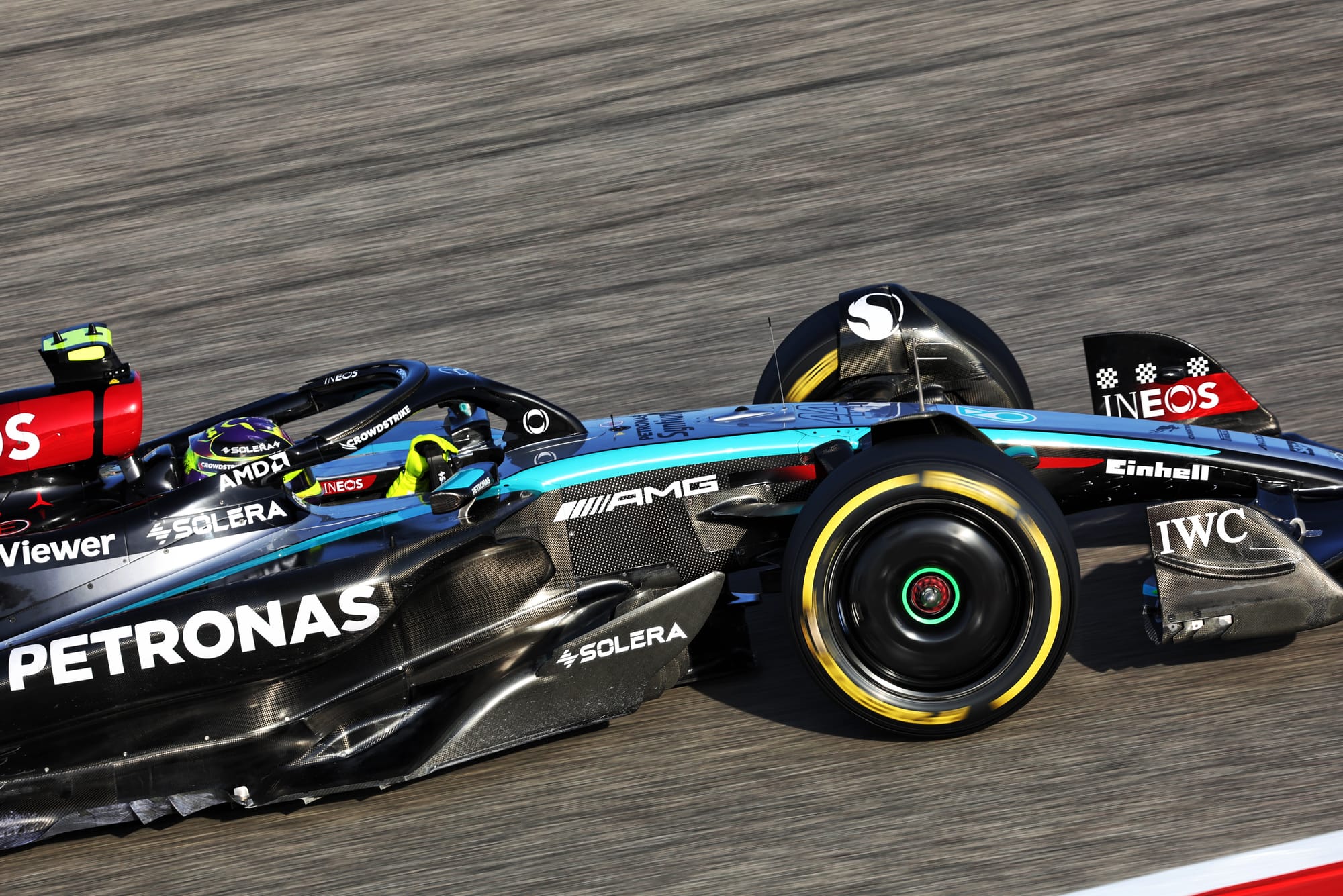
The messaging from Mercedes after the Bahrain test was gently positive, with talk of a solid foundation, useful days and genuine progress.
Most importantly, as George Russell put it, Mercedes now is confident it has “a very good base to build from”, while Lewis Hamilton described the car as much nicer to drive and a clear improvement.
So the glory days are back for Mercedes? Well, not yet.
But the crucial thing is that Mercedes finally has a car it expects can be consistent and respond to development. That’s been severely lacking over the past two years.
The drivers are confident thanks to the changes to the mechanical platform that can now be made to work better with the aerodynamic performance of the car.
That’s not just about the visually obvious change to pushrod rear suspension, but greater anti-dive at the front and anti-squat at the rear - to keep the car more balanced in extreme states of heavy braking, acceleration and high speed.
Mercedes even showed off the extent to which it can run anti-dive at the front by switching the upper wishbone rear leg to a lower mounting point during the test.
Trackside engineering director Andrew Shovlin claims the handling flaws of last year’s car are gone and that a number of its troubles are now behind the team.
Mercedes isn’t back on top. But what matters is it now has something it can work with rather than endlessly floundering trying to make the best of an erratic car.
McLaren and Aston Martin won't be an immediate threat
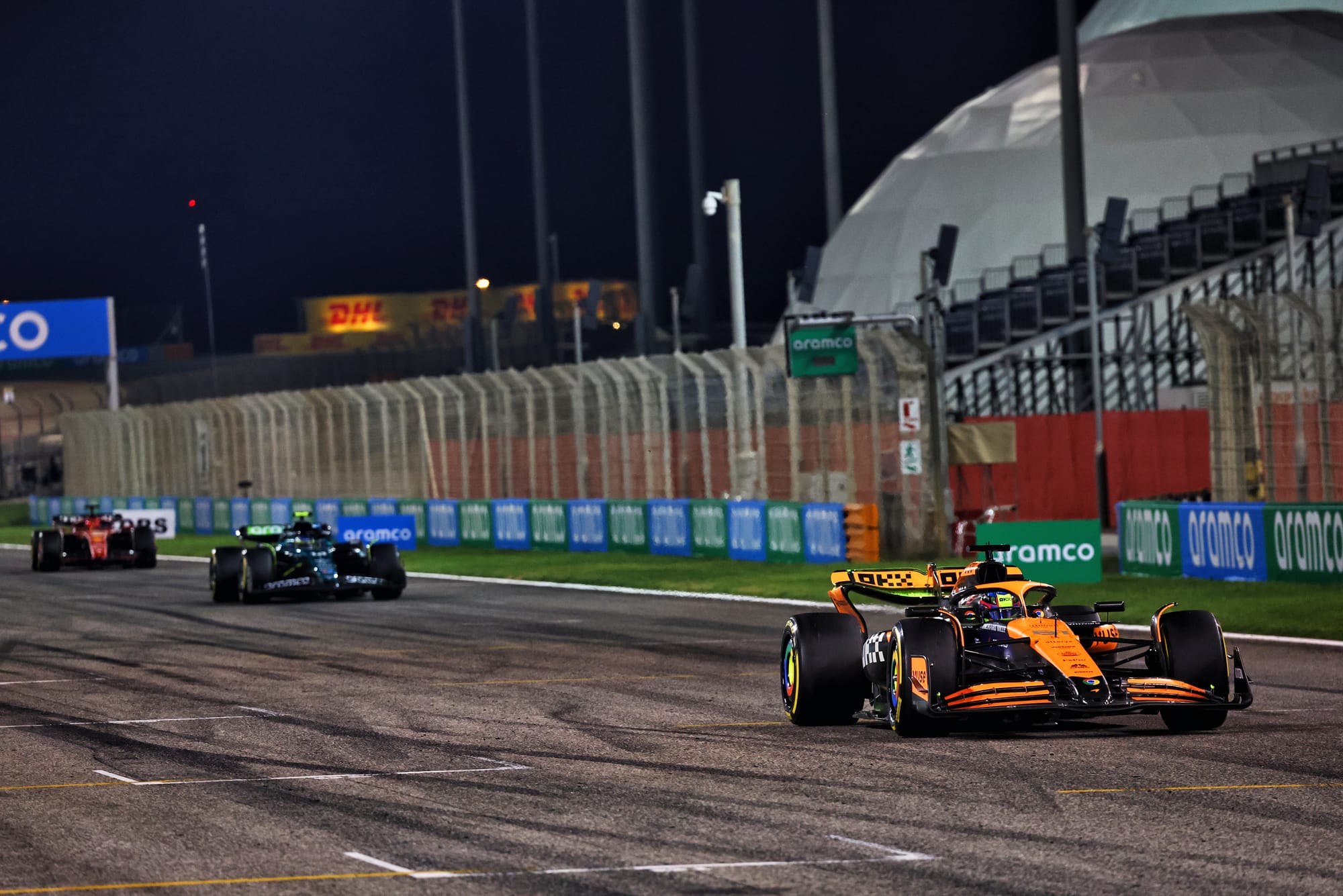
McLaren’s test was hit with a couple of time-consuming issues. A problem in the fuel tank led to a delay on day two and a clutch issue halted running on day three.
It meant McLaren had a far from prolific test, with only Williams completing fewer laps.
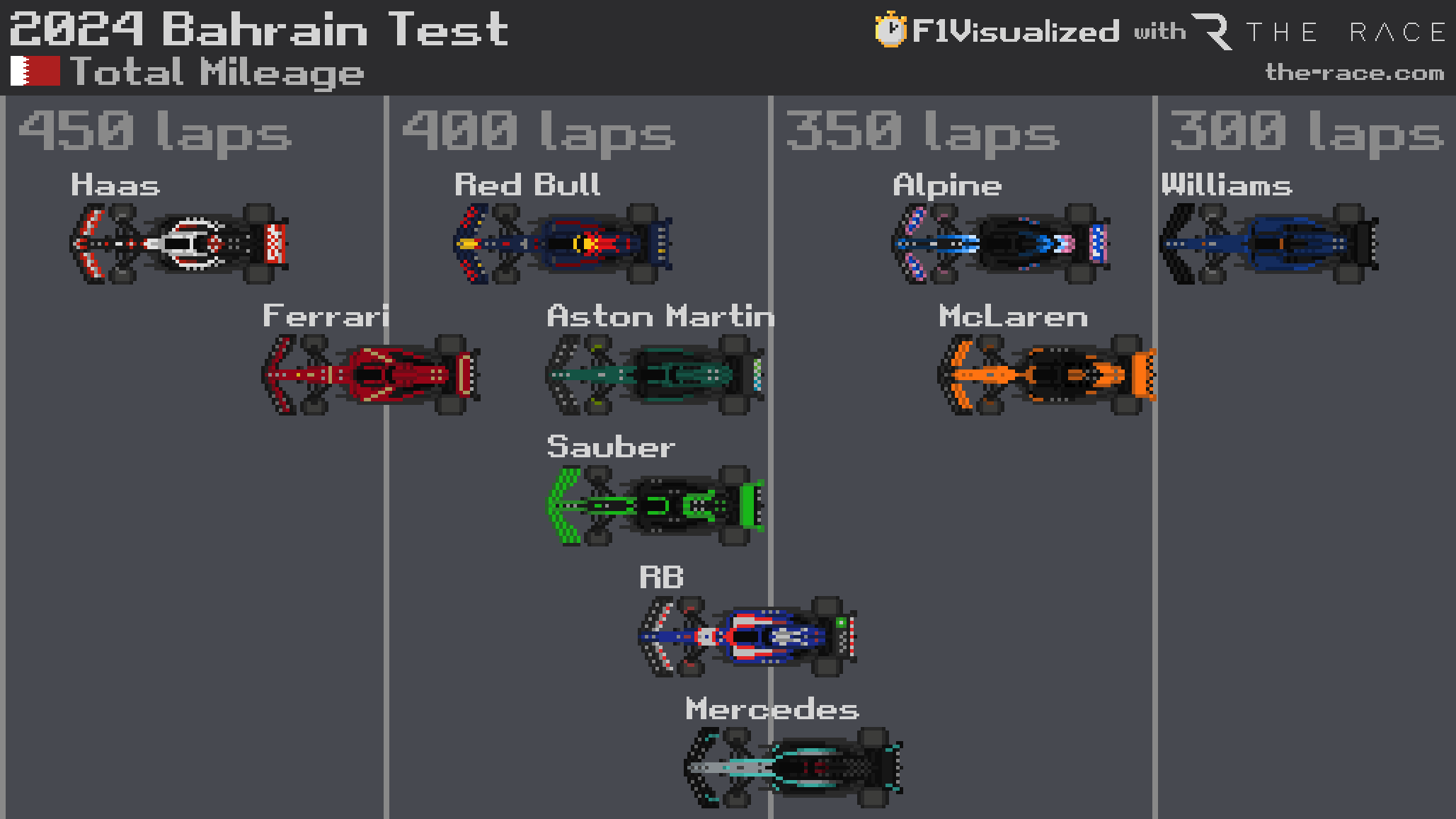
And headline laptimes, of limited use though they might be, did not paint McLaren as an immediate threat to the top two teams.
That was reflected in the team’s public stance too. McLaren Racing CEO Zak Brown told The Race that Red Bull’s in the clear and Ferrari is best of the rest, while Lando Norris bluntly said "we’re still a very long way behind Red Bull and a long way behind Ferrari still".
It’s probably a similar situation at Aston Martin, which looks eye-catching at times from trackside but also has some moments that suggest it is trailing Ferrari in particular in that best-of-the-rest group.
This wasn’t the kind of jaw-droppingly good test that heralded Aston Martin as a real dark horse 12 months ago. But there were no red flags literally or internally, which suggests Aston Martin should be threatening the lead group even if it’s not in the thick of it.
DRASTIC BUT PRAGMATIC DRAIN ACTION
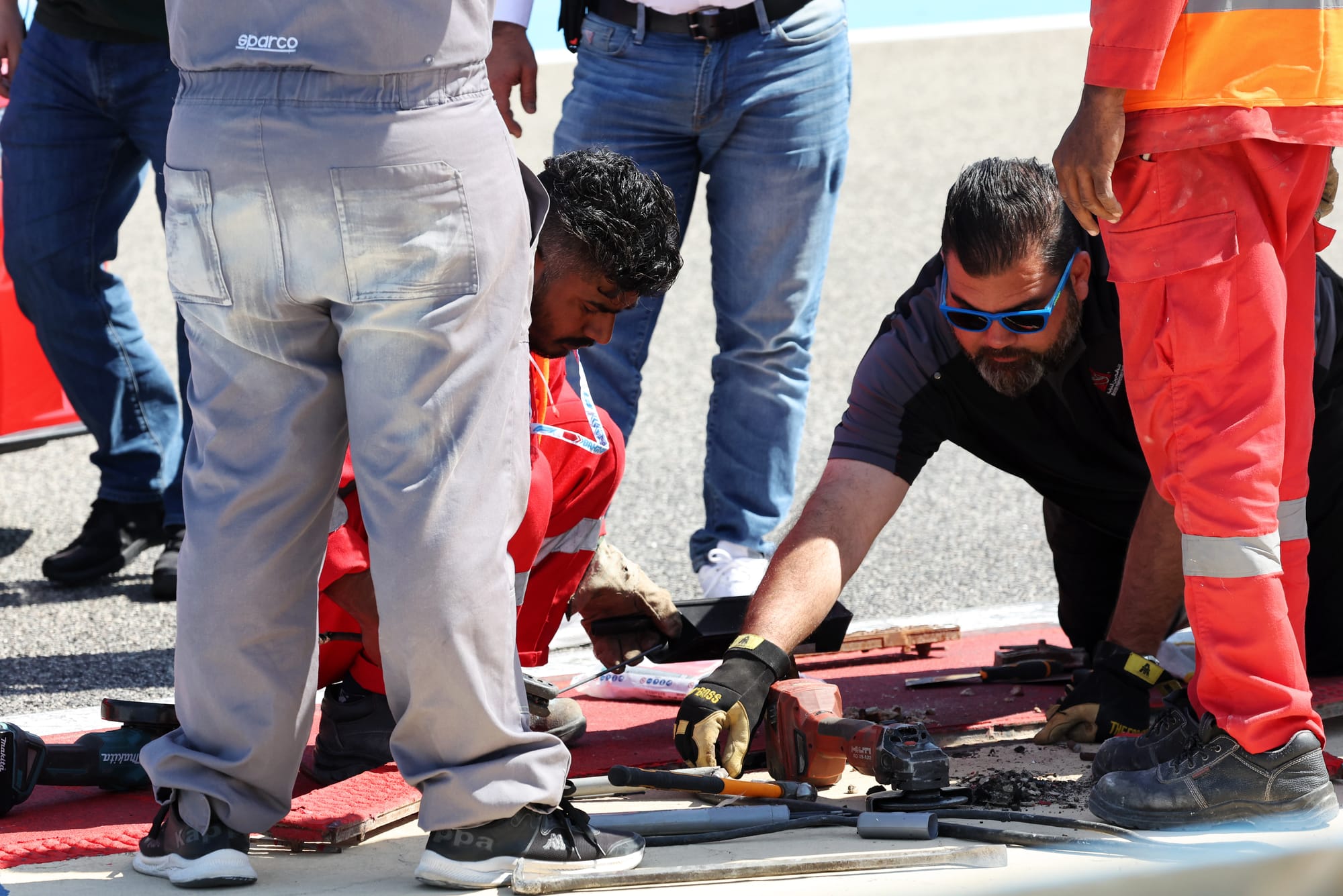
The same drain cover coming loose on the outside kerb approaching Turn 11 was a frustrating interruption for the teams this week - twice.
First, the broken parts were re-welded on day two. When it broke again on day three, the whole structure was reinforced. Both disruptions caused driving and (less importantly!) media schedules to be rejigged.
But there’s a race here next week – so while both temporary solutions held firm for a day of testing each, a more permanent fix is needed.
It could be gloriously simple: remove the drain entirely, fill the area with concrete and paint it as required. That had not been decided by the end of the test but it was the preferred choice.
While it seems drastic, it’s also quite pragmatic. Drainage isn’t exactly critical here even though it did rain for the recent Formula 2 test.
Sprayin' and slayin' 💅#F2 #F2Testing pic.twitter.com/BnCL3eIDoL
— Formula 2 (@Formula2) February 16, 2024
The FIA will also assess whether anything has changed in how drivers are using that part of the track and run-off compared to last year.
There was a feeling that for some reason, drivers were opening up the entry to Turn 11 more than before, whether it’s car set-ups facilitating that or just more drivers realising they can do it.
More cars running over the drain could explain why the drain breaking suddenly became a problem.
THE MAIN DISAPPOINTMENT
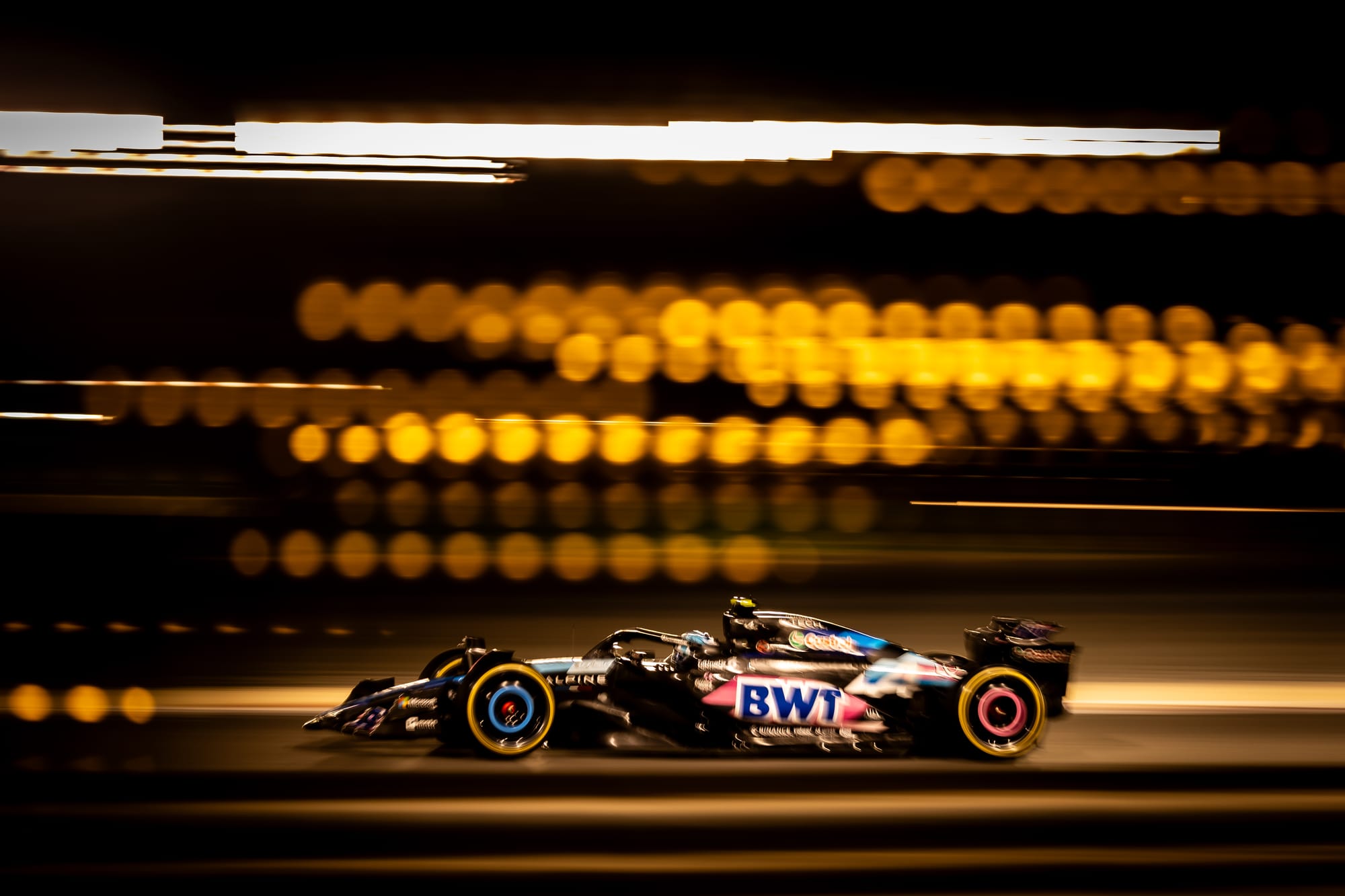
Alpine for once delivered on expectations in pre-season testing. Unfortunately, those expectations had been managed, so a slow start was expected. But that does not give the team a get-out-of-jail-free card.
Being in the back group is simply not good enough for a works team. And that back group is where Alpine looks to be based on testing.
Team principal Bruno Famin described Alpine as being “in the middle” performance-wise but also pointed out that the middle comprises a lot of teams. And right now, Alpine appears to be lower middle at best with a car that doesn’t look convincing from trackside either.
Pierre Gasly admitted "it’s not going to be an easy start" and stressed developing the car for more performance is key for the early races.
There are upgrades planned, with parts that ideally would have been on the start-of-season car, due after a few races. And what’s characterised as a big change in concept, thanks to major changes in the mechanical platform, will take time to understand.
But there’s still a lot to do for Alpine to get to an acceptable level, even with a car in which everything is claimed to have been "redesigned to push the boundaries" according to Famin.
Famin is making the right noises by talking about the target not being an arbitrary results-based one, but instead focusing on improving the team and car.
That’s a constructive approach and could pay off in the long term. But right now, Alpine is well below where a team of its resources should be.
‘RED BULL 2’ ISN’T A SECOND RED BULL
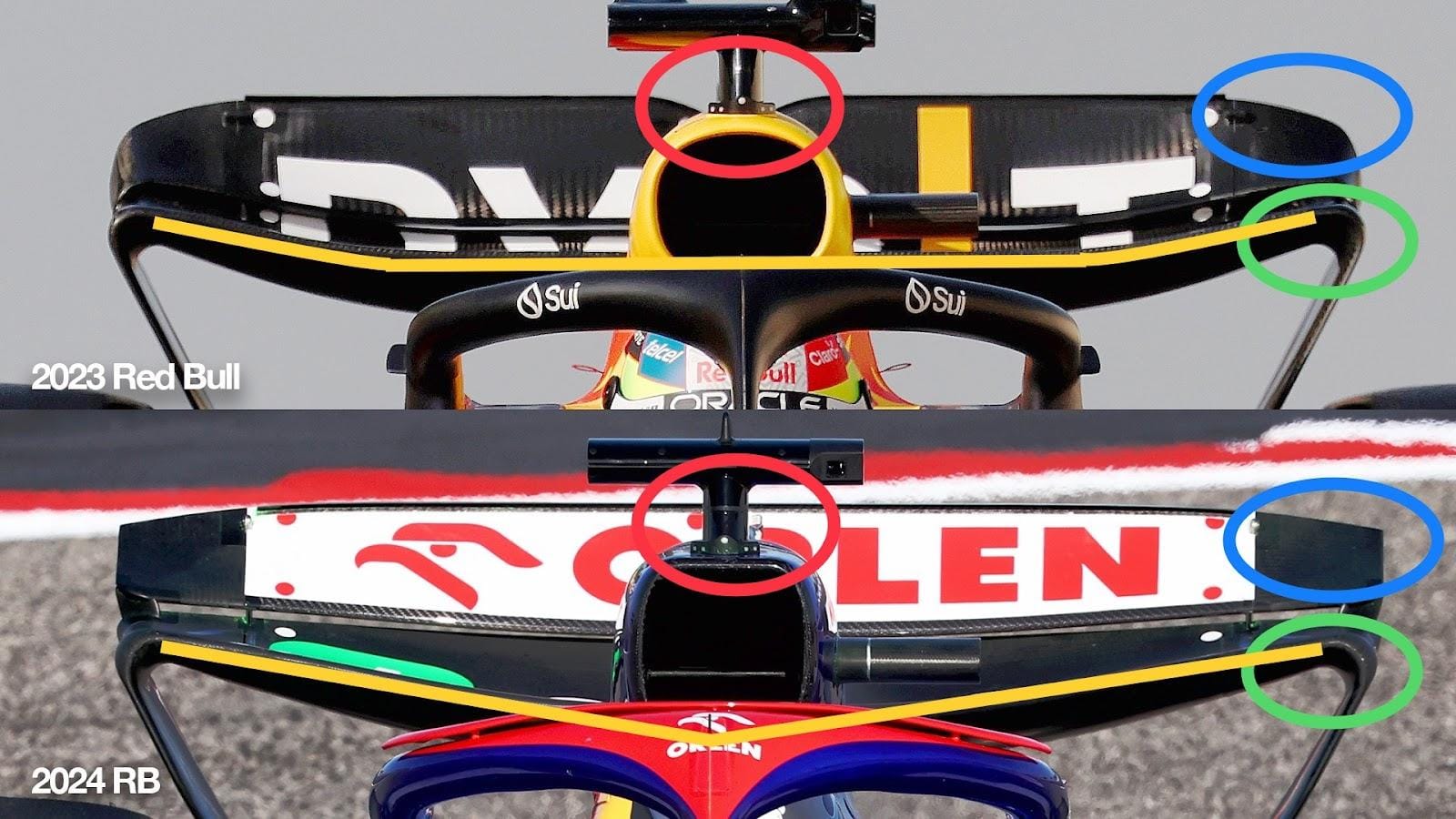
Arguments about the terribly-named RB squad raged through testing, given complaints about its relationship with sister team Red Bull. But the team itself just quietly got on with doing a good job.
Depending on how you slice and dice the numbers, RB is either in the back of the second group chasing Red Bull, or it’s ahead of the group at the back. Either of those scenarios is a good place to be for the team.
Daniel Ricciardo was optimistic, hoping that he’ll be able to fight for a place in Q3 in the Bahrain Grand Prix.
But the team suspects it has edged away from the back group. And it has a car that looks consistent on track and is working well.
So is it just a copy of last year’s all-conquering Red Bull RB19? Well, no. Yes, it uses the 2023 Red Bull suspension front and rear, as well as the gearbox, but there are aerodynamic differences. As Ricciardo puts it, “no, it’s not that car’.
Instead, this is all about building on the progress made in the closing stages of last season. And if RB has indeed done that, then its performance should be a lot more convincing than its half-baked name.
ONE TEAM WORKED ‘BACKWARDS’
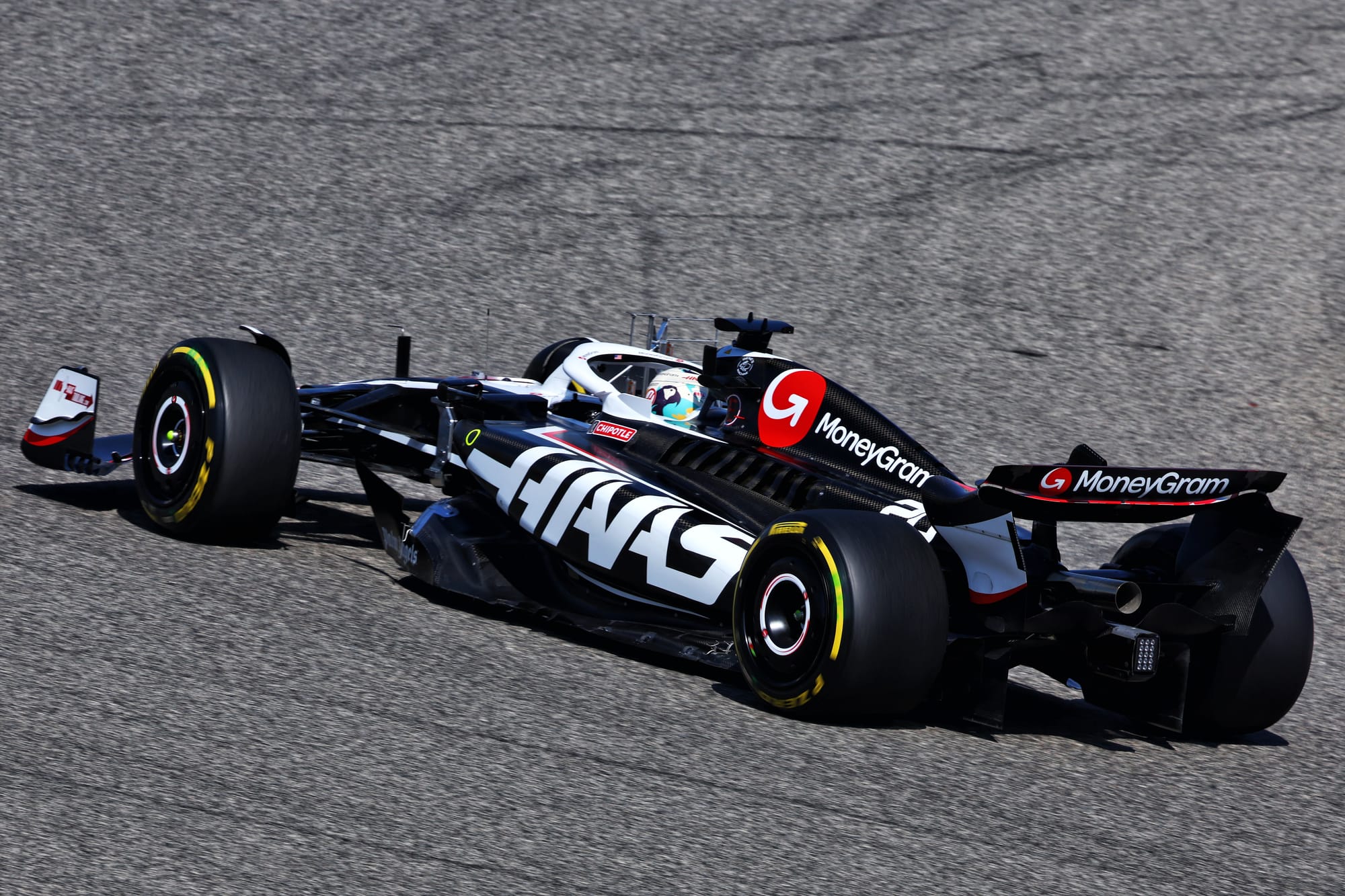
An underwhelming test for Haas was hardly unexpected but it was clearly exaggerated by the team’s run plan.
Haas has been so focused on trying to get on top of its tyre management problems of last year, and collecting the right kind of data to guide its development in 2024, that over the first two days it was several seconds off the pace. Not because the VF-24 is utterly uncompetitive, but because long runs were the order of the day.
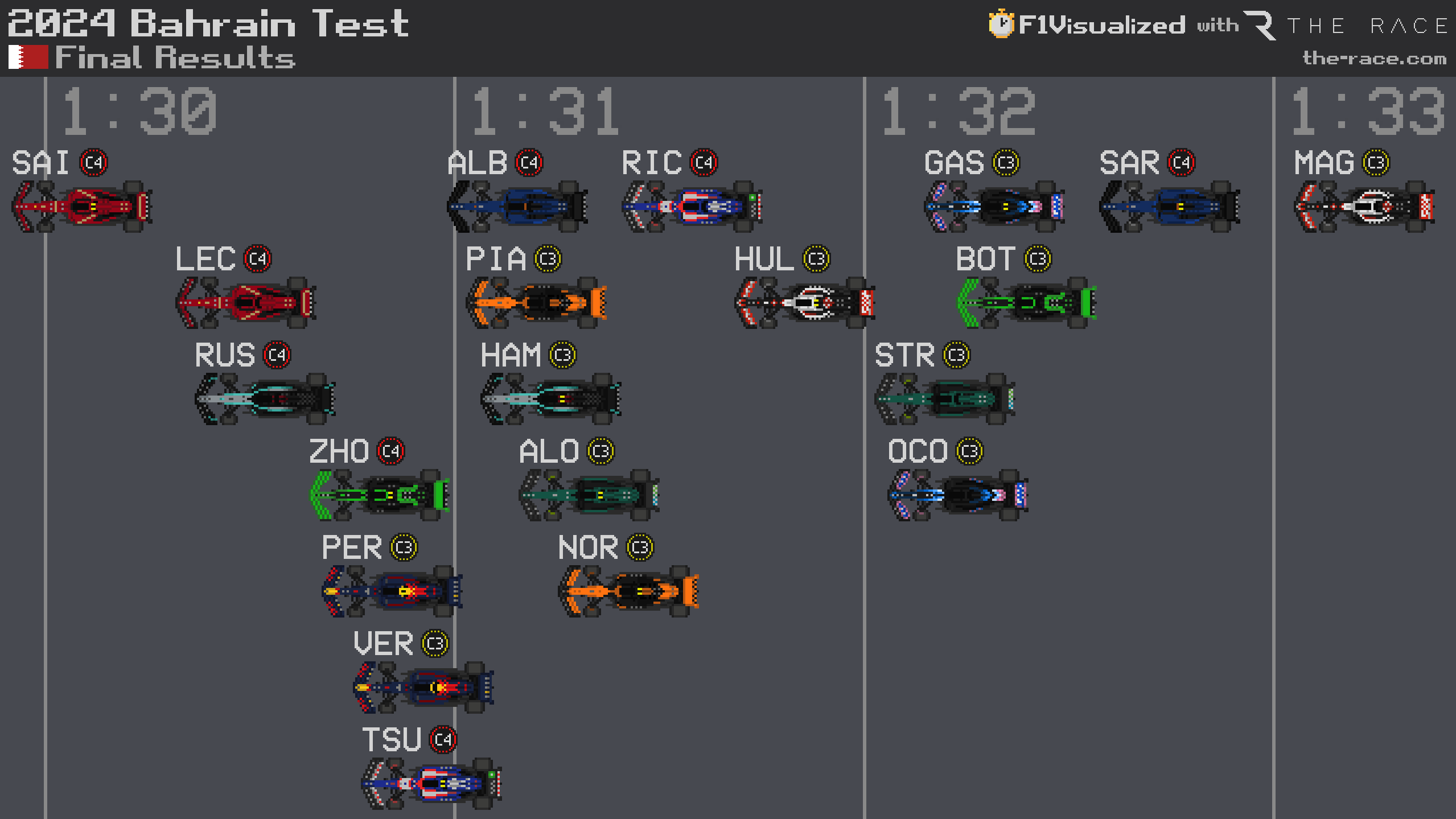
That was so productive that day three ended up a bonus combination of extra long run work and some lower fuel testing. But with a twist. Instead of dialling in the car to something approaching a qualifying set-up, Haas worked backwards from its race set-up.
By day three, Haas was cautiously optimistic it had made progress with its 2023 issues with the launch spec of the 2024 car, and got itself into a decent set-up window for next weekend’s race.
To avoid spoiling that, its low fuel work was done by only adjusting the set-up within the confines of what it can do in parc ferme conditions on a race weekend. So minor adjustments like the front wing, for example.
It means Haas should go into next weekend with some unknowns about its qualifying pace and what its car needs over one lap, but in a much better place to - hopefully - eliminate the chronic problems that made its Sundays so futile in 2023.
THERE’S NO CRISIS TEAM
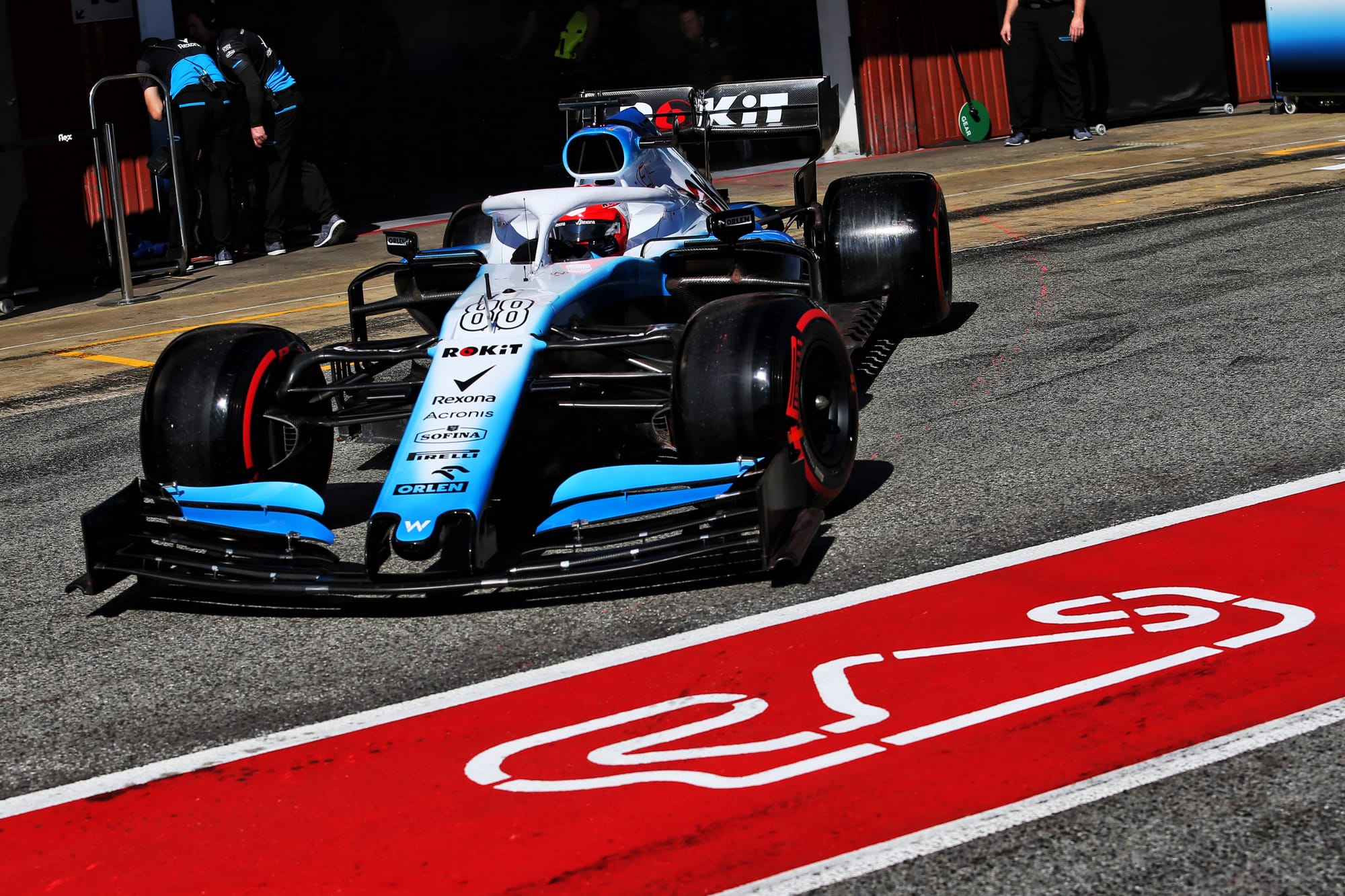
Look back to F1 pre-season testing of ages past, and often there would be a team in crisis with an unreliable, slow car.
The classic example in recent times is Williams in 2019, which hit the track late then spent the season in a class of its own well off the back of the field. In 2024, no team is even close to that.
That’s partly because of F1’s current financial health, aided by the cost cap. As Alpine team boss Famin puts it, there are no more small teams.
There is a group of teams reckoned to be at the back, though, and that seems to comprise Williams, Alpine, Sauber and Haas.
But as Sauber technical director James Key says, the broad range of test programmes "make it actually really difficult" to judge the exact order.
And given the gap between that group and those ahead is small, it won’t take much for teams to move up the order.
Sauber itself has a car that’s a big step forward from last year, the Williams is a much less capricious car than it was and even Haas, expected by most to be at the back, has a solid, consistent car and doesn’t look to be cast adrift.
In short, there’s no team at panic stations. Which makes the first race a fascinatingly competitive proposition, at least behind Red Bull.


